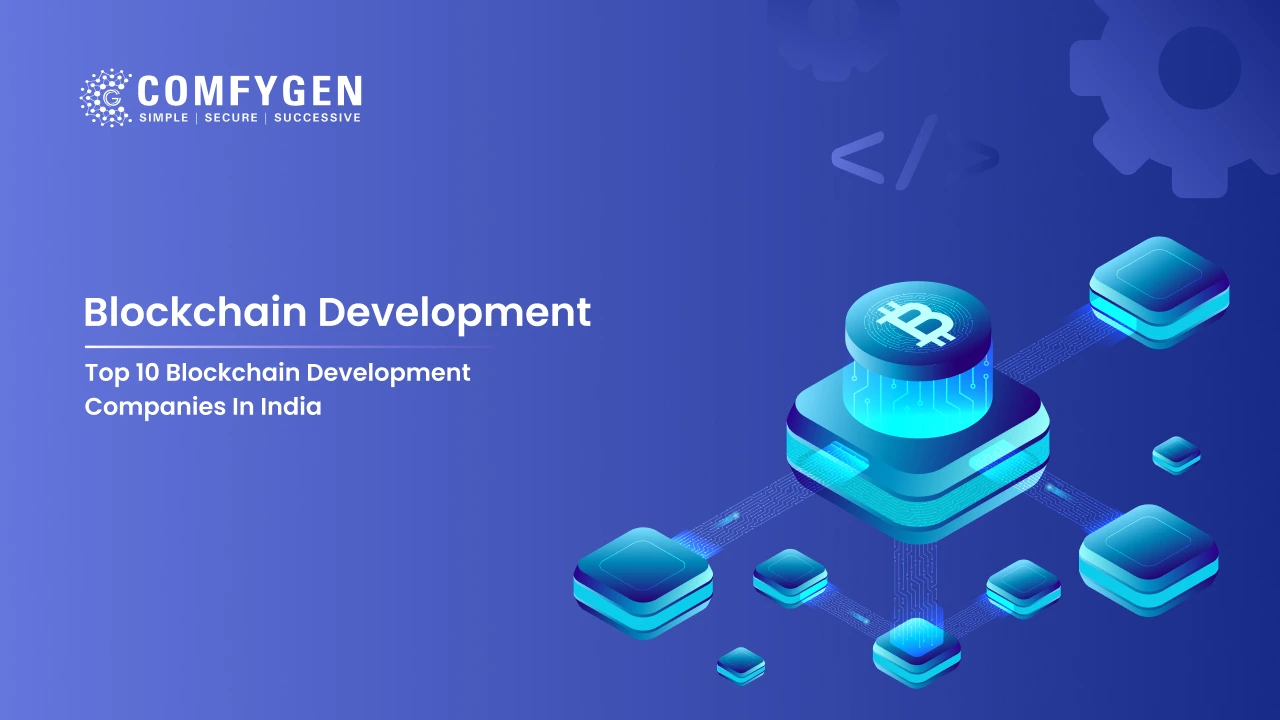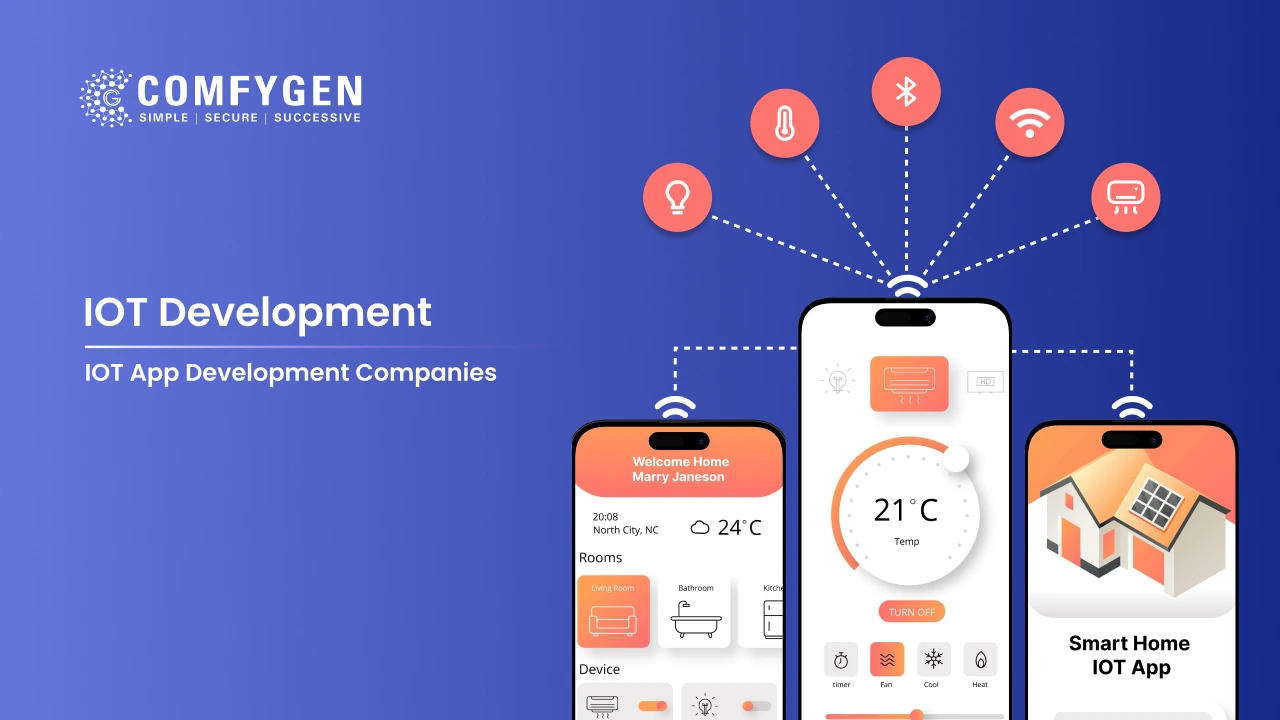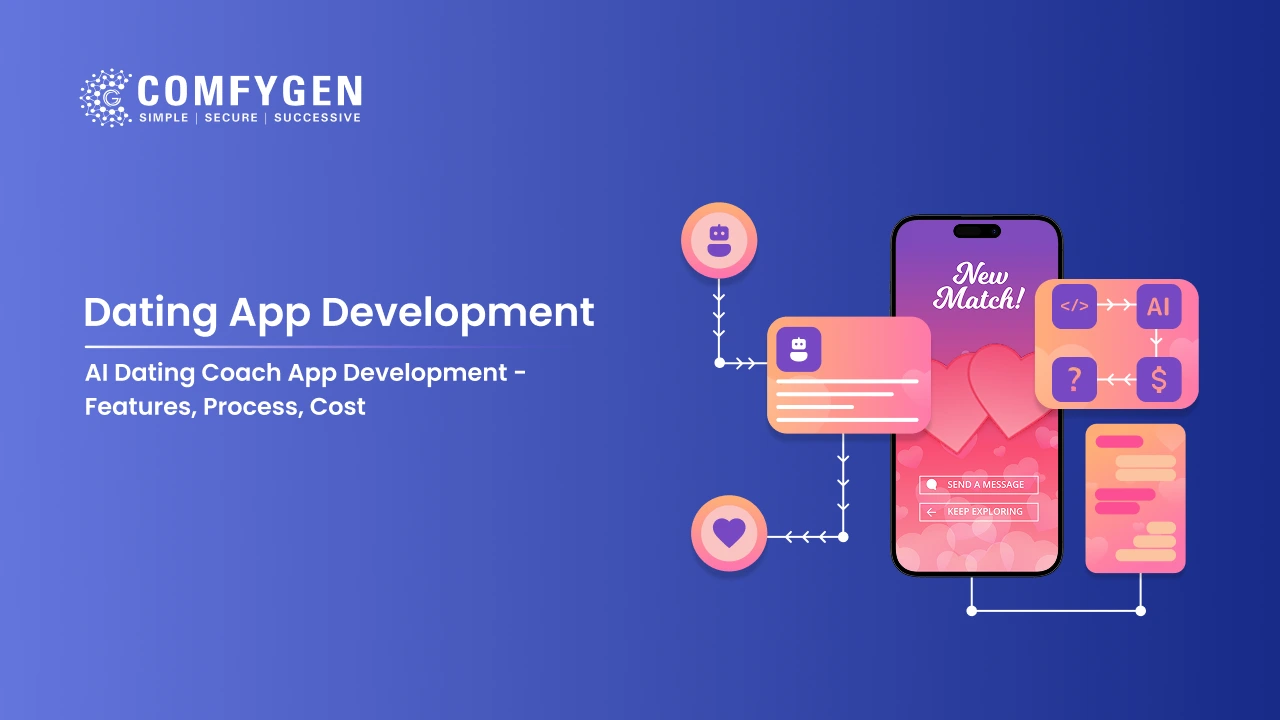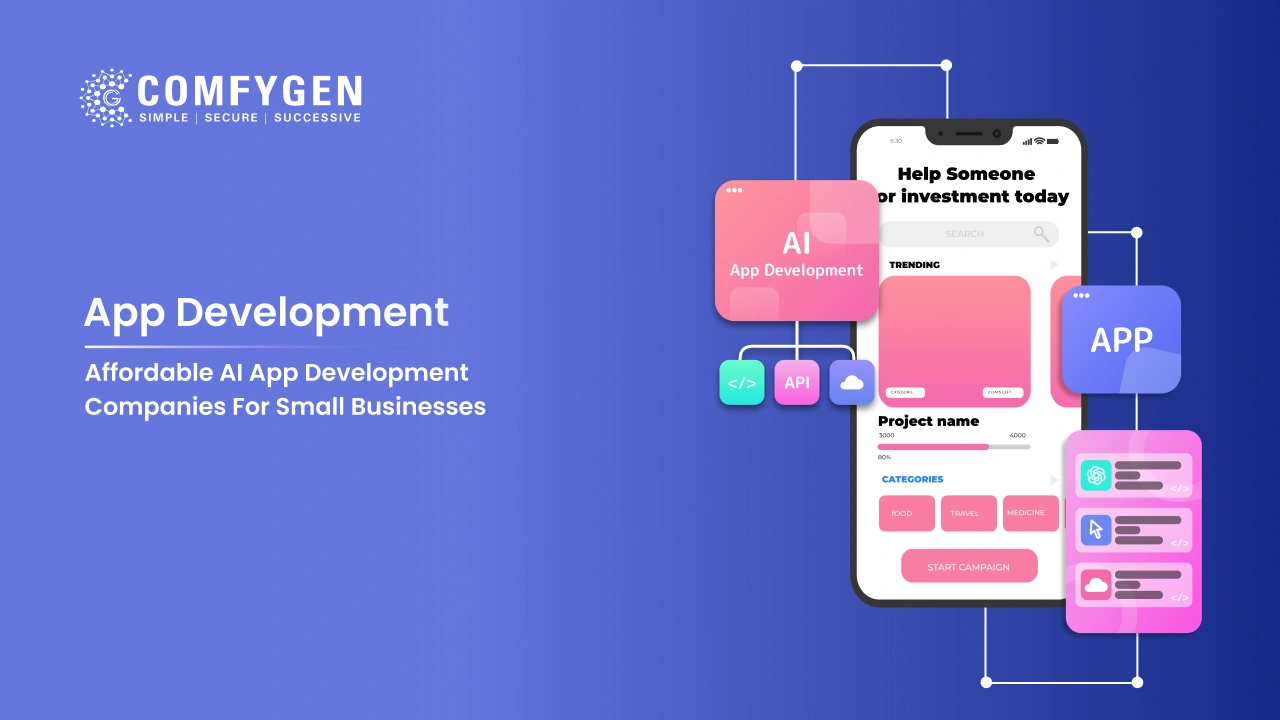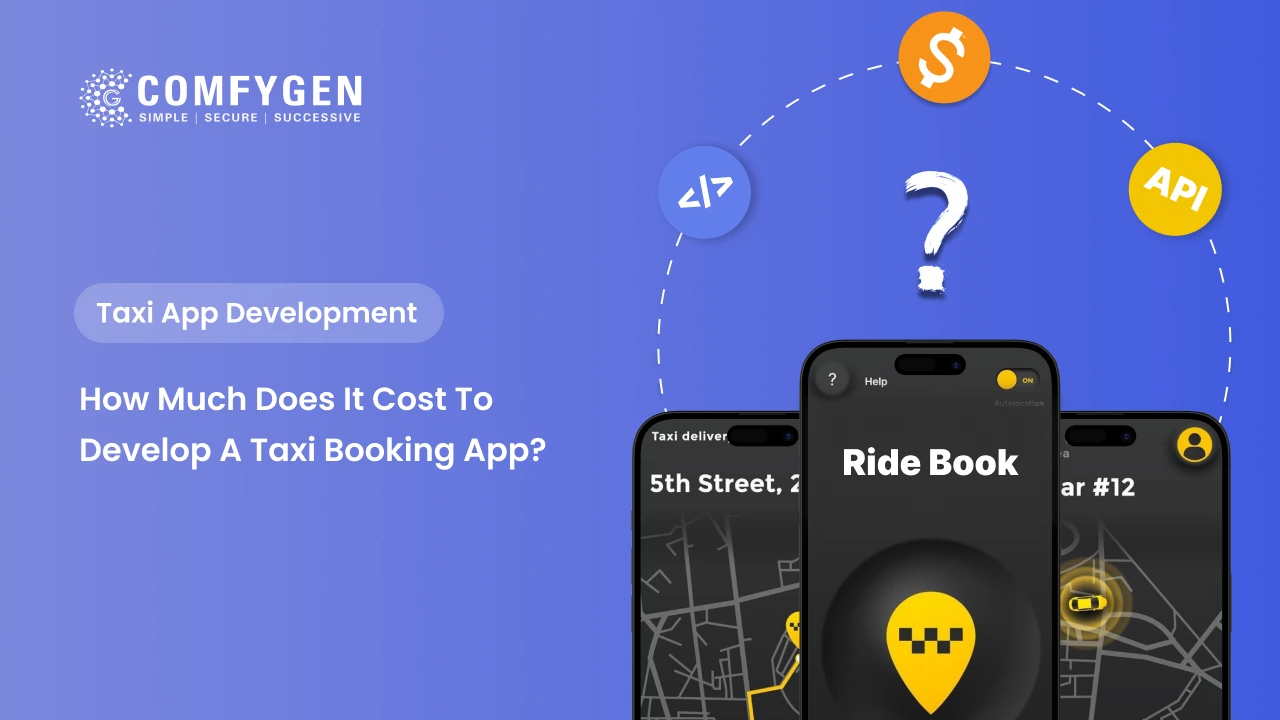How Much Does It Cost to Develop a Quick Commerce App?
The cost to develop a Quick Commerce app typically ranges from $25,000 to $150,000+, depending on features, technology stack, developer location, app complexity, UI/UX design, and third-party integrations.
Businesses today are investing heavily in Quick Commerce app development to offer ultra-fast delivery within 10–15 minutes for groceries, food, daily essentials, medicines, and lifestyle products. A well-built Quick Commerce application helps businesses boost customer convenience, increase sales, and gain a competitive edge in the on-demand delivery market.
If you are planning to build a 10-minute delivery app like Blinkit, Zepto, Dunzo, Flink, or Getir, the first question is—How much does it cost to develop a Quick Commerce app?
What Is a Quick Commerce App?
A Quick Commerce (Q-Commerce) app is an on-demand delivery platform that enables customers to order everyday essentials and receive them at their doorstep in minutes. These apps offer real-time tracking, easy payment options, inventory management, automated logistics, and smart delivery route optimization.
But building an app like that isn’t as simple as it seems. It involves a combination of modern technologies, smart logistics, and user-friendly design. And all of that affects the cost to develop a quick commerce app.
Key Factors That Influence Quick Commerce App Development Cost
The Quick Commerce app development cost varies based on multiple technical and business factors, including:
Platform Selection (Android, iOS, and Web)
The cost to build a Quick Commerce app varies depending on the platform you choose. Building for a single platform like Android or iOS is more affordable than creating a cross-platform app or adding a separate web admin panel.
For wider reach, most businesses prefer cross-platform Quick Commerce app development, which increases the overall budget but improves adoption and ROI.
UI/UX Design Complexity
A visually appealing interface with seamless navigation plays a crucial role in user engagement. Customized UI elements, animations, and branded theme layouts increase the design workload.
Therefore, investing in premium UI/UX for Quick Commerce apps increases development cost but ensures higher user retention, faster checkouts, and improved conversions.
Core Features & Functionality
The number of essential and advanced features directly impacts the Quick Commerce app development pricing.
Basic features like product listings, order management, and payment gateways cost less, while AI-driven recommendations, multi-warehouse inventory, and automated dispatch increase complexity and cost.
Backend Architecture & Technology Stack
Backend development involves building a powerful data management system to handle multiple orders, warehouse inventory, user requests, and delivery routes in real time.
Using advanced technologies such as Node.js, React Native, Flutter, MongoDB, Firebase, AWS, or Google Cloud enhances performance but increases cost.
A scalable backend ensures your Quick Commerce delivery app can handle high traffic during peak demand.
Third-Party API & Payment Integrations
Integrating secure payment gateways like Stripe, Razorpay, PayPal, and digital wallet systems increases the overall Quick Commerce app development cost.
Additional integrations such as SMS services, GPS tracking APIs, inventory tools, and ERP systems add further expenses depending on provider pricing.
Geolocation & Real-Time Tracking Technologies
Real-time delivery tracking, route optimization, live driver status, and geo-mapping require advanced APIs. Logistics intelligence systems such as Google Maps API, Mapbox, and AI route optimization significantly impact pricing but are essential for maintaining fast delivery performance in Q-Commerce apps.
Team Size & Developer Location
The cost of hiring a Quick Commerce app development company depends on the team size, experience level, and country. Developers in India are more cost-effective compared to teams in the USA, UK, or UAE. A standard project includes a project manager, UI/UX designer, frontend & backend developers, QA testers, and DevOps engineers.
Cost Breakdown of Quick Commerce App Development
The cost to develop a Quick Commerce app depends on functionality, technology stack, UI complexity, and team structure. On average, the development price ranges from $15,000 to $150,000+, based on the type of solution and feature depth.
| App Type | Features | Estimated Development Cost |
|---|---|---|
| Basic Quick Commerce App | User signup, product browsing, cart, order management, basic admin panel, manual dispatch | $15,000 – $30,000 |
| Advanced Quick Commerce App | Real-time tracking, automated dispatch, push notifications, multiple payments, multi-warehouse inventory | $35,000 – $70,000 |
| Enterprise Multi-Vendor Q-Commerce App | AI-driven demand analysis, route optimization, ERP & CRM integration, subscription system, delivery analytics dashboard | $80,000 – $150,000+ |
Want to Develop a
Instant Delivery App like Blinkit?
Get a Free Quote
Quick Commerce App Development Cost by Region
Hiring mobile app developers from different regions also affects the total development budget:
| Region | Hourly Rate | Estimated Project Cost |
|---|---|---|
| India & South Asia | $18 – $45/hr | Most affordable |
| Eastern Europe | $40 – $80/hr | Mid-range |
| USA, Canada, UK | $90 – $150/hr | High budget |
| UAE & Middle East | $70 – $120/hr | Premium development |
Quick Commerce App Development Cost Based on Essential Features
The total Quick Commerce app development cost depends majorly on the features included in the user app, delivery partner app, and admin dashboard. Each feature adds development time, complexity, and technology usage. Below is a detailed breakdown of cost per feature in Quick commerce app development.
| Feature | Description & Importance | Estimated Cost |
|---|---|---|
| User Registration & Social Login | Enables fast login via email, phone number, Google or Apple account, improving onboarding rate. Essential for smooth access & conversion. | $1,000 – $2,000 |
| Real-Time Order Tracking | Helps users track delivery status live using GPS integration. A crucial feature for Q-commerce apps promising 10-minute delivery. | $3,000 – $7,000 |
| Smart Search & Product Filtering | AI-based search enables quick product discovery with filters by category, price, brand, or availability. Boosts ordering speed. | $2,500 – $6,000 |
| Multi-Payment Gateway Integration | Supports UPI, wallets, cards, COD, and net banking for seamless checkout. Includes payment security & encryption. | $2,000 – $5,000 |
| Inventory & Warehouse Management System | Real-time stock updates, auto-reordering, micro-warehouse mapping, and order automation. Critical for Q-commerce backend. | $6,000 – $15,000 |
| Push Notifications & Alerts | Sends offers, delivery alerts, and order updates for high retention and engagement. | $800 – $2,500 |
| Delivery Agent App & Route Optimization | Live route navigation, order assignment, earnings reports, and delivery distance accuracy. Helps reduce delivery time & cost. | $5,000 – $12,000 |
| Ratings & Reviews System | Users can rate products, delivery experience, and service quality. Helps improve business credibility. | $1,200 – $3,000 |
| Admin Dashboard & Analytics | Central management for orders, delivery tracking, payments, customer support, and business analytics. | $4,000 – $10,000 |
Advanced Features That Increase Quick Commerce App Development Cost
To build a high-performance quick delivery app like Blinkit, Zepto, Swiggy Instamart, and Dunzo, integrating advanced capabilities becomes essential. These features significantly enhance user experience, delivery accuracy, and automation but also increase the AI-powered Quick Commerce app development cost.
Below is a detailed cost structure for each advanced feature in Quick Commerce App Development:
| Advanced Feature | Purpose & Benefits | Estimated Development Cost |
|---|---|---|
| AI-Powered Product Recommendation System | Uses AI & machine learning to analyze buying patterns and suggest relevant items, improving conversions and average order value. | $8,000 – $18,000 |
| Multi-Vendor Marketplace Model | Allows multiple sellers/vendors to manage inventory & pricing independently, suitable for grocery + pharmacy + food + essentials under one platform. | $10,000 – $25,000 |
| Subscription & Scheduled Delivery System | Supports weekly/monthly subscription plans for essentials like milk, vegetables, medicines, and groceries, improving customer retention. | $3,000 – $8,000 |
| Real-Time Analytics Dashboard | Business insights on revenue, delivery performance, route optimization, inventory status, customer behaviour & order forecasting. | $6,000 – $15,000 |
| Chatbot Customer Support (AI & NLP) | Automated chat system to resolve FAQs, track orders, and improve support without human agents. Enhances satisfaction & reduces cost. | $4,000 – $10,000 |
| Drone Delivery & Autonomous Delivery Support | Future-ready feature enabling ultra-fast hyperlocal delivery while reducing logistics cost and delivery time. | $20,000 – $50,000+ |
| Multilingual & Multi-Currency Support | Helps expand across global markets and tier-2/tier-3 regions by offering UI translation & localized pricing. | $2,500 – $6,000 |
| Image-Based Search / Visual Recognition | Helps users search products by clicking a photo or scanning a pack using AI/Computer Vision. | $7,000 – $15,000 |
| Dynamic Pricing & Surge Pricing | Auto-adjusts product and delivery pricing based on real-time demand and stock availability. | $3,000 – $7,000 |
| Voice Ordering Feature | Hands-free ordering using voice commands through Google Assistant / Siri / Alexa. | $5,000 – $12,000 |
Quick Commerce App Examples and Their Likely Development Costs
To give you a realistic understanding of the grocery quick commerce app development cost, let’s look at some popular platforms and what it would generally take to build something comparable from a tech standpoint.
While the exact internal figures of these companies are not publicly available, industry estimates—based on feature sets, app complexity, and infrastructure—provide reliable benchmarks.
| Quick Commerce App | Estimated Cost (Core Platform) | Key Feature Highlights |
| Blinkit (formerly Grofers) | $60,000 – $100,000 | Real-time inventory updates, instant order placement, multiple warehouse sync, smart search |
| Zepto | $50,000 – $90,000 | 10-minute delivery engine, dynamic pricing, delivery agent routing, customer order tracking |
| Gopuff | $80,000 – $150,000 | In-app promotions, native payments, driver network management, regional warehouse automation |
These figures reflect the core app development cost only (Customer App + Delivery App + Admin Panel), assuming you hire an experienced development agency. Additional expenses—such as warehousing tech, real-time logistics systems, API licensing, and cloud scalability—will raise the overall investment significantly.
What Else Do These Apps Invest In?
Developing the app is just one piece of the puzzle. Leading Quick Commerce platforms invest in a full ecosystem to ensure speed, scalability, and customer satisfaction. From backend systems to logistics and marketing, here’s where else the budget goes:
-
Custom Backend Systems: For handling peak traffic, warehouse mapping, and regional delivery routing
-
Microservices Architecture: To enable modular, scalable operations (e.g., separate modules for inventory, payments, order management)
-
Cloud Hosting and CDN: To ensure ultra-fast performance and reliability
-
Third-Party Integrations: Including payment gateways, delivery partner APIs, ERP/CRM tools
-
AI-Powered Features: Personalized recommendations, dynamic pricing, and smart product bundling
-
Delivery Partnerships & Last-Mile Logistics: Many apps maintain their own fleet or partner with third-party logistics (3PL) for rapid delivery
-
Marketing & User Acquisition: From referral systems to influencer marketing and app store promotions, these efforts can match or exceed the app development budget
Can You Build a Similar App on a Smaller Budget?
Yes, you can build a leaner MVP version of a Blinkit or Zepto-style app at a significantly lower cost—starting around $25,000 to $40,000—by:
-
Limiting the initial delivery radius
-
Using open-source or off-the-shelf backend solutions
-
Prioritizing only core features (product catalog, order placement, delivery tracking)
-
Using cross-platform frameworks (e.g., Flutter)
-
Partnering with third-party logistics providers instead of managing delivery in-house
This staged approach allows you to enter the market quickly, validate demand, and scale strategically over time.
Expert Tips Before You Start
Before diving into Quick Commerce app development, it’s important to lay a solid foundation. Strategic planning early on can save you time, money, and costly rework later. Here are some expert-backed tips to help you start strong:
- Define your niche. (Grocery, Medicine, Baby Products?)
- Research your competitors.
- Prioritize speed and simplicity in your UX.
- Plan for future scalability.
Always leave room in your budget for marketing and post-launch updates.
Conclusion
The instant delivery app development cost can vary widely depending on your goals. Whether you want a basic MVP or a full-fledged delivery platform, understanding each cost component helps you budget better, avoid surprises, and launch successfully.
If you’re serious about entering the quick delivery space, don’t just focus on price—focus on value, performance, and scalability.
Ready to Build Your Quick Commerce App?
We help startups and enterprises build powerful, scalable, and beautifully designed Q-Commerce apps. From MVPs to full-scale platforms, we’ve got you covered.
Contact us now for a free consultation and personalized quote.
FAQs
What is the fast delivery startup app cost?
The fast delivery startup app cost typically ranges between $20,000 to $100,000+, depending on features, platforms, team location, and scalability needs.
Can I build a quick delivery app on a small budget?
Yes, but with limited features. A basic MVP (Minimum Viable Product) with core functionalities like order placement and tracking can be built within a small budget using cross-platform frameworks and offshore teams.
How long does it take to launch a fully functional Quick Commerce platform?
On average, 3 to 6 months depending on app complexity, number of modules, and testing cycles. MVPs can be ready in 6–10 weeks.
Can I build a quick commerce app under $20,000?
Yes, but only a basic version with limited features, single platform (e.g., Android only), and without complex integrations. Ideal for MVP or early-stage testing.
Is quick commerce app development profitable for startups?
Yes, if planned well. With the right niche, strong tech stack, and a scalable model, quick commerce apps can become highly profitable by serving the growing demand for ultra-fast deliveries.

Mr. Saddam Husen, (CTO)
Mr. Saddam Husen, CTO at Comfygen, is a renowned Blockchain expert and IT consultant with extensive experience in blockchain development, crypto wallets, DeFi, ICOs, and smart contracts. Passionate about digital transformation, he helps businesses harness blockchain technology’s potential, driving innovation and enhancing IT infrastructure for global success.
Based on Interest

Create a Crypto Token for Your Business with Blockchain Technology
Blockchain technology evolution is transforming every industry with its secure parameters, transparency, and interoperability. Additionally, the tokenization market is growing from $2-3…




